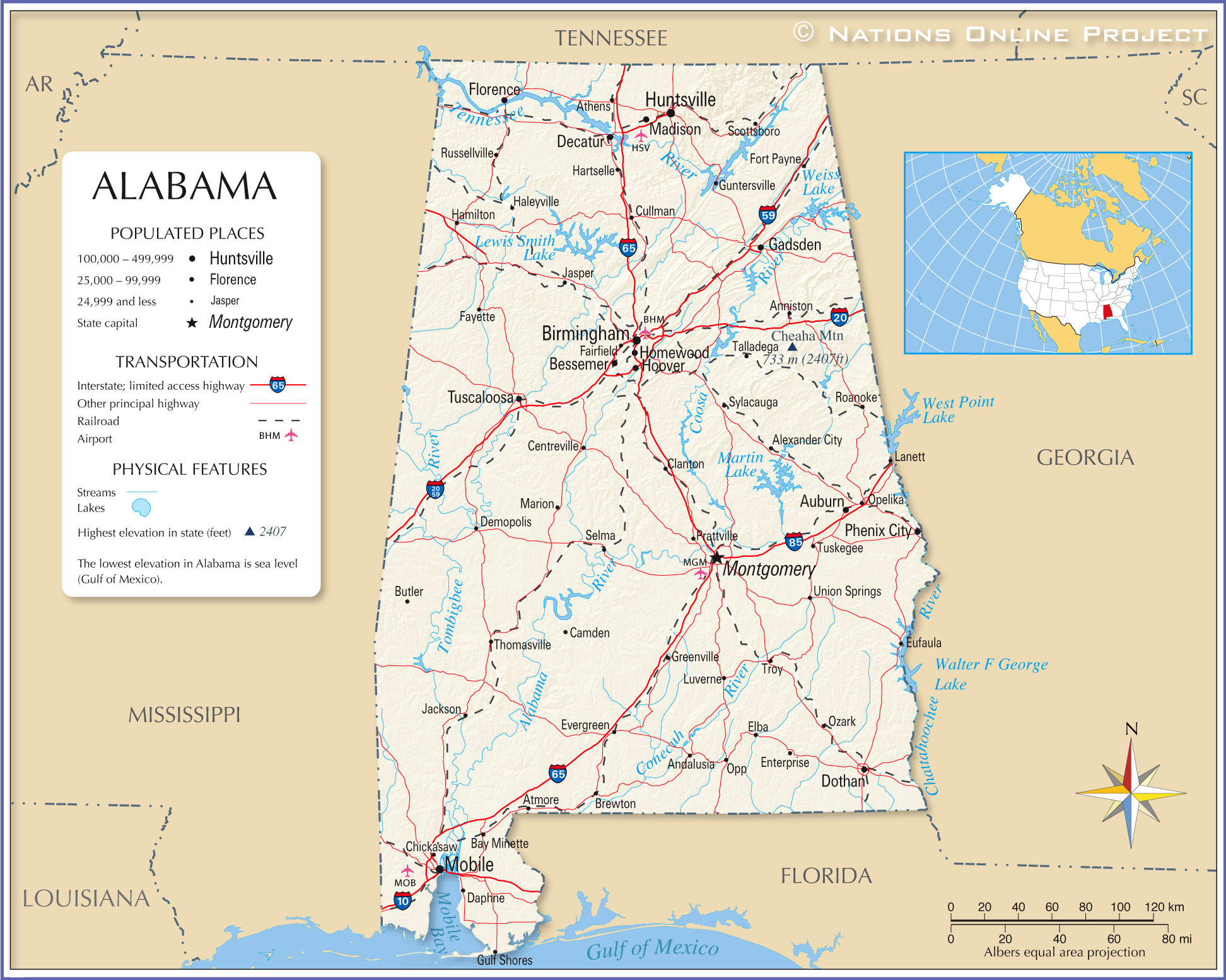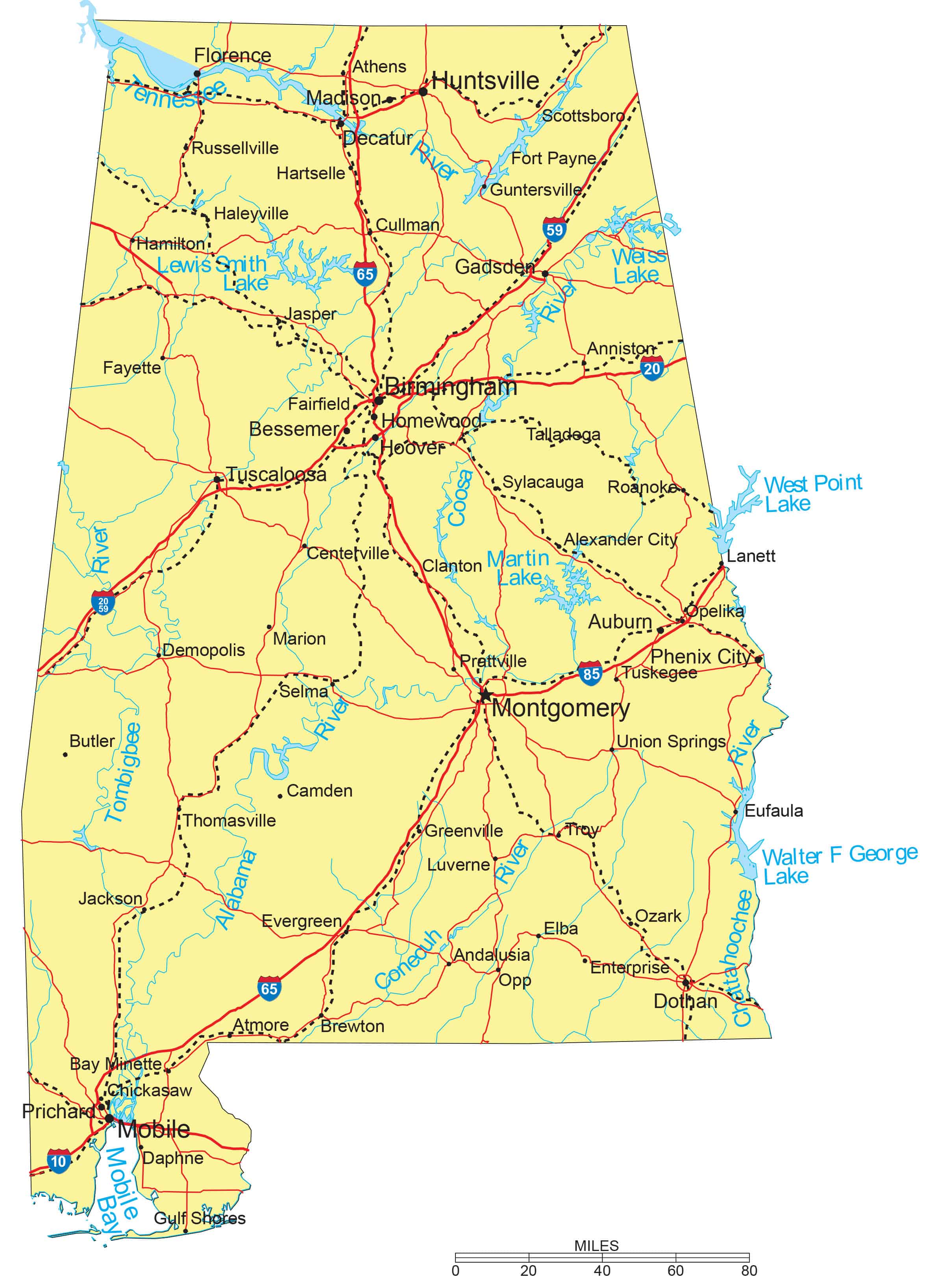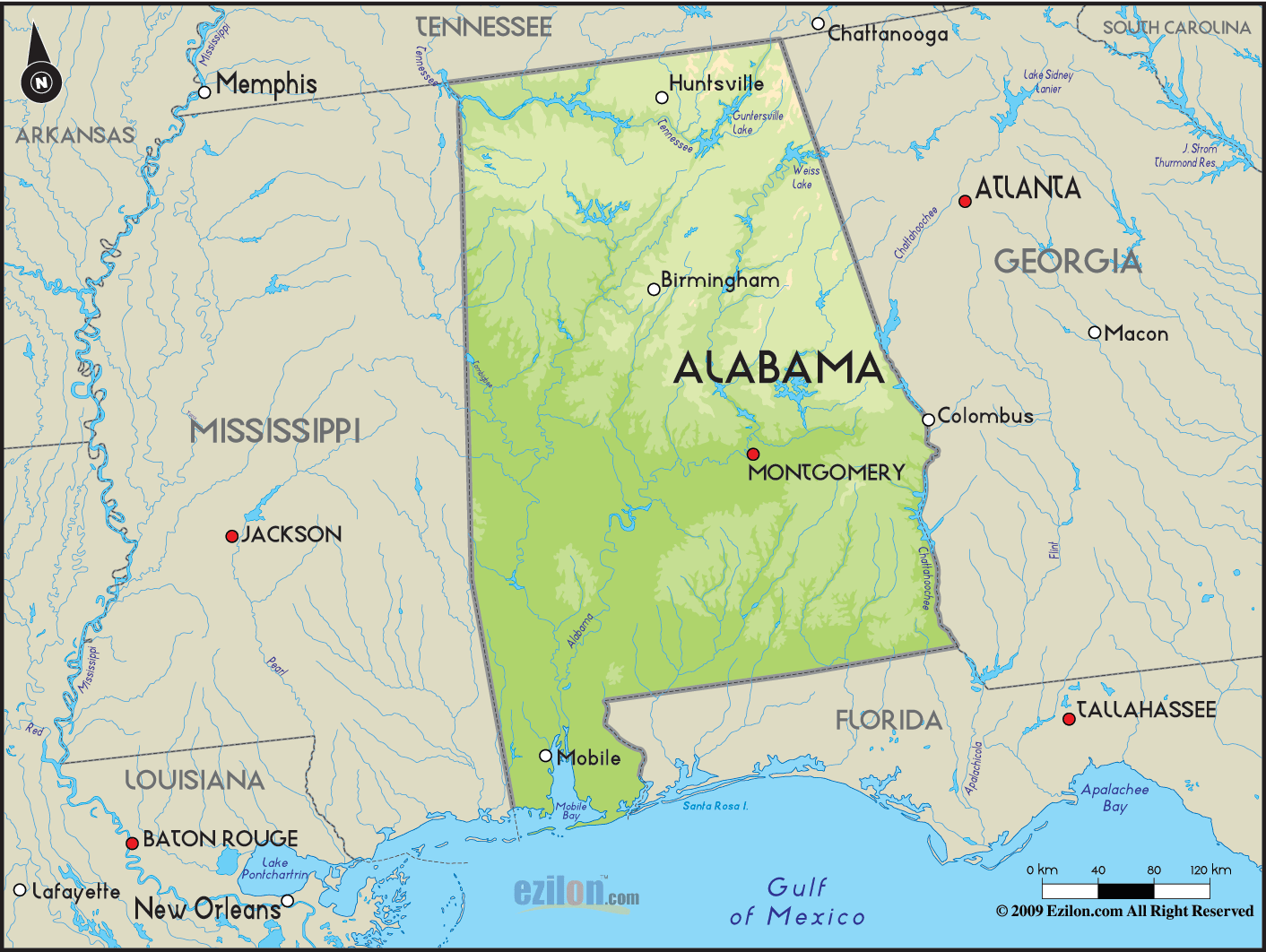The Alabama Riverboat Brawl: Unpacking A Viral Waterfront Melee
The internet is no stranger to viral moments, but few incidents have captivated and shocked audiences quite like the now-infamous Alabama Riverboat Brawl. What began as a seemingly mundane dispute over a docking space quickly escalated into a chaotic scene that drew national attention, sparking widespread debate and highlighting complex societal issues. This dramatic altercation, which unfolded on a dock in Montgomery, Alabama, on August 5, 2023, became an instant sensation, with countless videos circulating across social media platforms, each offering a different angle of the unfolding pandemonium.
From the initial confrontation to the surprising acts of heroism and the subsequent legal fallout, the **Alabama Riverboat Brawl** provides a compelling case study in how quickly public incidents can escalate and how digital media shapes our understanding and reactions. This article delves deep into the events of that day, exploring the sequence of events, the key figures involved, the immediate and long-term consequences, and the broader conversations it ignited about race, respect, and community in public spaces.
Table of Contents
- The Spark on the Dock: What Led to the Alabama Riverboat Brawl?
- The Viral Explosion: How Videos Captured the Chaos
- The Heroic Interventions: "Black Aquaman" and Community Response
- Legal Ramifications: Arrests, Charges, and Sentences
- The Broader Conversation: Race, Respect, and Public Spaces
- Lessons Learned from the Montgomery Riverfront Incident
- The Aftermath and Lingering Impact of the Brawl
- Navigating Public Perception in the Digital Age
The Spark on the Dock: What Led to the Alabama Riverboat Brawl?
The incident that would soon become known as the **Alabama Riverboat Brawl** began innocently enough, rooted in a seemingly minor dispute over a boat’s parking spot. On Saturday, August 5, 2023, the Harriott II riverboat, a popular attraction in Montgomery, Alabama, was attempting to dock at the city's riverfront. However, its path was obstructed by a private pontoon boat that was improperly moored in the designated docking area. The crew of the Harriott II made repeated attempts to contact the owners of the pontoon boat, who were reportedly away from their vessel and unresponsive.
As the situation lingered, delaying the riverboat’s passengers, a Black riverboat co-captain, later identified as Dameion Pickett, took it upon himself to address the obstruction. He disembarked from the Harriott II and approached the pontoon boat, attempting to move it himself. This is where the confrontation began to escalate. The owners of the pontoon boat, a group of individuals who had been enjoying their time on the river, returned to find Pickett attempting to move their boat. What started as a verbal exchange quickly turned physical. Reports and video footage suggest that Pickett was attacked by a group of individuals from the pontoon boat.
A passenger on the Harriott II riverboat was recording when this confrontation turned into a fight involving multiple people. The initial moments of the altercation showed Pickett being outnumbered and assaulted by several individuals. This unprovoked attack on a Black worker by a group of white individuals immediately injected a racial element into the narrative, which would only intensify as more footage emerged and the story gained traction.
The Viral Explosion: How Videos Captured the Chaos
In today’s hyper-connected world, major incidents rarely go unrecorded, and the **Alabama Riverboat Brawl** was no exception. What truly propelled this local altercation into a national phenomenon was the sheer volume and widespread dissemination of video footage. From multiple angles, passengers on the Harriott II and bystanders on the dock captured the entire chaotic sequence, from the initial shoves to the full-blown melee.
Video of the violent altercation gained nationwide attention after footage began circulating rapidly across social media platforms like X (formerly Twitter), TikTok, and Instagram. Within hours, clips of the fight, often accompanied by dramatic music or commentary, were viewed millions of times. The raw, unfiltered nature of these videos provided a visceral glimpse into the unfolding chaos, making it impossible for viewers to look away. The incident gained significant media attention due to its violent nature and the clear racial undertones perceived by many viewers.
The viral spread wasn't just about the violence; it was about the collective gasp and outrage from an online audience. Hashtags related to the Montgomery Riverfront brawl trended for days, with users dissecting every frame, identifying individuals, and offering their own interpretations of the events. This digital explosion ensured that the **Alabama Riverboat Brawl** transcended its geographical confines, becoming a topic of discussion in households and newsrooms across the country and even globally.
The Heroic Interventions: "Black Aquaman" and Community Response
Amidst the chaos and violence of the **Alabama Riverboat Brawl**, moments of extraordinary courage and community solidarity emerged, captivating audiences and offering a powerful counter-narrative to the initial aggression. These acts of heroism, particularly that of a young man dubbed "Black Aquaman," became central to the story’s viral appeal.
Aaren Hamilton Rudolph: The "Black Aquaman"
One of the most iconic images to emerge from the brawl was that of Aaren Hamilton Rudolph, a teen dubbed "Black Aquaman" on social media. As the fight intensified on the dock and Dameion Pickett appeared overwhelmed, Rudolph, who was a crew member on the Harriott II, made a split-second decision that cemented his place in the viral narrative. He jumped into the Alabama River from the riverboat and swam to the dock to help rescue Pickett. This act of bravery, captured on multiple videos, showed the young man's determination to intervene and protect a fellow worker.
A new video of a riverfront brawl in Alabama better shows how far a teenage boy dubbed Black Aquaman swam to help a Black worker being pummeled by a group of white individuals. His swift and decisive action, swimming a considerable distance to reach the dock, instantly made him a folk hero online. The "Black Aquaman" moniker, a nod to the DC Comics superhero, highlighted the extraordinary nature of his courage and selflessness in the face of danger. His intervention was a pivotal moment, shifting the dynamic of the fight and inspiring others to act.
Community Solidarity on the Dock
Aaren Rudolph was not the only one to answer the call for help. As the fight unfolded, numerous individuals from the Harriott II and bystanders on the dock rushed to Pickett's aid. This collective response transformed the isolated incident into a powerful display of community solidarity. On August 5, 2023, history was nearly made following a worldwide viral brawl between a group of individuals from the pontoon boat and, seemingly, a significant portion of the Black population of Montgomery who came to the aid of the attacked worker. This perception of collective action against perceived injustice resonated deeply with many viewers.
The arrival of multiple individuals, including other crew members and concerned citizens, to defend Pickett marked a turning point in the brawl. Their presence effectively diffused the initial aggression and demonstrated a strong community stance against the violence. This collective defense, often described as a moment of unity and empowerment, became a powerful symbol in the aftermath of the incident, underscoring the deep-seated desire for fairness and justice within the community.
Legal Ramifications: Arrests, Charges, and Sentences
The swift and widespread virality of the **Alabama Riverboat Brawl** ensured that law enforcement and judicial authorities could not ignore the incident. The graphic nature of the videos, coupled with public outcry, led to immediate and decisive action. Police in Montgomery, Alabama, quickly launched an investigation into the melee that broke out Saturday on the dock.
Police have issued multiple arrest warrants after the brawl, identifying several individuals involved in the initial assault on Dameion Pickett and the subsequent escalation. The Montgomery Police Department worked diligently to review the extensive video evidence and identify those responsible for the violence. The swift response was crucial in addressing public concerns and demonstrating a commitment to upholding law and order.
Key Figures and Their Pleas
Among those identified and charged were several individuals from the pontoon boat. Two men pleaded guilty on Friday to harassment charges in connection with an **Alabama Riverboat Brawl** that drew national attention. These individuals were identified as Zachary Shipman and Allen Todd. Their pleas were a significant development in the legal proceedings, indicating an acceptance of responsibility for their roles in the altercation. While harassment charges might seem minor given the scale of the brawl, they reflected the specific legal framework under which the initial assault was prosecuted.
Other individuals were also charged with various offenses, including assault and disorderly conduct, as the investigation progressed. The legal process involved careful consideration of the extensive video evidence, witness statements, and the specific actions of each participant. The public closely followed these developments, eager to see justice served for the widely condemned actions on the dock.
Sentencing and Consequences
The judicial process culminated in sentences for those found guilty or who pleaded guilty. Two people involved in a melee at an Alabama riverfront dock that caught national headlines over the summer were sentenced, with one receiving jail time and the other ordered to community service or other penalties. For instance, Allen Todd received a 4-month jail sentence, while Zachary Shipman was ordered to complete 100 hours of community service and attend anger management classes. Other individuals involved also faced consequences ranging from fines to probation, depending on the severity of their involvement and their prior criminal records.
These legal outcomes served as a reminder that actions, especially those committed in public and captured on video, have serious consequences. The sentences aimed to provide accountability for the violence that occurred and to deter similar behavior in the future. The swiftness of the arrests and the progression of the legal cases underscored the gravity with which authorities viewed the **Alabama Riverboat Brawl**.
The Broader Conversation: Race, Respect, and Public Spaces
Beyond the immediate shock and legal ramifications, the **Alabama Riverboat Brawl** quickly evolved into a catalyst for broader societal conversations. The incident, particularly the initial attack on a Black riverboat co-captain by a group of white individuals, ignited discussions about race relations, public etiquette, and the concept of shared public spaces. A dramatic brawl involving dozens of people split along racial lines broke out Saturday evening in Montgomery, Alabama, after a Black riverboat captain was attacked by a group. This racial dimension, whether perceived or explicit, was central to how the incident was interpreted by many.
The mayor of Montgomery, Steven Reed, and the local police department were quick to speak out, condemning the violence and acknowledging the racial undertones that many saw in the incident. The worker who got attacked, Dameion Pickett, also spoke out, offering his perspective on the events and the impact it had on him. These public statements helped frame the narrative, emphasizing the need for peace, respect, and proper conduct in public areas.
The brawl became a flashpoint for discussions on various social media platforms and in traditional news outlets. Commentators debated whether the incident was an isolated act of aggression or symptomatic of deeper racial tensions. The widespread support for Dameion Pickett and the "Black Aquaman" figure, coupled with the condemnation of the aggressors, highlighted a collective desire for justice and fairness. The incident served as a stark reminder of the importance of de-escalation, mutual respect, and understanding, especially in diverse public settings.
Lessons Learned from the Montgomery Riverfront Incident
The **Alabama Riverboat Brawl**, while an unfortunate display of public violence, offers several crucial lessons for individuals, communities, and public safety officials. One of the primary takeaways is the critical importance of de-escalation. What began as a verbal disagreement quickly spiraled out of control due to a lack of restraint and an unwillingness to resolve the conflict peacefully. Had the pontoon boat owners responded respectfully to the riverboat crew's requests, or had the initial physical aggression been avoided, the entire incident could have been prevented.
Another key lesson revolves around the concept of shared public spaces. Rivers, docks, and parks are communal areas that require mutual respect and adherence to rules and regulations. The disregard for docking protocols and the subsequent confrontational attitude demonstrated a lack of consideration for others using the public riverfront. This incident underscores the need for clear guidelines and respectful behavior to ensure everyone can enjoy public amenities safely and harmoniously.
Furthermore, the **Alabama Riverboat Brawl** highlighted the power of community response and intervention. While the initial moments were chaotic, the swift actions of individuals like Aaren Rudolph and others who came to the aid of the attacked worker demonstrated the positive impact of collective action against injustice. It showed that when communities unite against aggression, they can effectively de-escalate situations and protect vulnerable individuals. This incident serves as a powerful reminder that bystanders are not helpless; their actions, even small ones, can make a significant difference in preventing or mitigating harm.
The Aftermath and Lingering Impact of the Brawl
The immediate aftermath of the **Alabama Riverboat Brawl** saw a flurry of activity, from police investigations and arrests to widespread media coverage. However, the impact of such a high-profile incident extends far beyond the initial headlines. In Montgomery, the incident sparked a period of reflection and discussion within the community. City officials, community leaders, and residents engaged in conversations about public safety, race relations, and the city's image.
The viral nature of the brawl also brought an unprecedented level of scrutiny to Montgomery. While the city is known for its rich history in the Civil Rights Movement, this incident presented a different, more contemporary narrative of conflict. Efforts were made by local authorities to reassure both residents and visitors that such behavior would not be tolerated and that Montgomery remains a welcoming and safe city. The incident served as a stark reminder of how quickly a single event can shape external perceptions of a place.
For the individuals directly involved, the consequences have been profound. Those charged and sentenced face legal penalties, damaged reputations, and the personal repercussions of their actions. For Dameion Pickett, the attacked co-captain, the incident was a traumatic experience, yet he emerged as a symbol of resilience. Aaren Rudolph, the "Black Aquaman," gained national recognition for his bravery, becoming a positive figure in a negative situation. The **Alabama Riverboat Brawl** left an indelible mark on all who witnessed it, whether in person or through the lens of a smartphone camera, prompting ongoing conversations about justice, accountability, and community values.
Navigating Public Perception in the Digital Age
The **Alabama Riverboat Brawl** stands as a prime example of how incidents are shaped and amplified by social media in the digital age. The rapid dissemination of videos meant that the story broke not through traditional news channels first, but through viral clips shared by ordinary citizens. This immediate, unfiltered access to the event allowed for quick public judgment and the formation of narratives, often before official statements or investigations could provide full context.
The speed of information flow also led to the rapid creation of memes, nicknames like "Black Aquaman," and widespread commentary that both celebrated heroism and condemned violence. This collective online engagement significantly influenced public perception, turning a local fight into a global discussion point. The incident demonstrated the immense power of citizen journalism and the challenges it poses for traditional media and authorities in controlling or accurately framing a narrative.
Moreover, the **Alabama Riverboat Brawl** highlighted how social media can foster a sense of collective identity and solidarity. The rallying around the attacked worker and the "Black Aquaman" figure online showcased how digital platforms can mobilize public opinion and create a shared sense of outrage or support. This incident serves as a crucial case study for understanding the complexities of public perception in an era where everyone is a potential journalist and every incident can become a viral sensation.
Conclusion
The **Alabama Riverboat Brawl** was more than just a fight on a dock; it was a dramatic event that unfolded in real-time before a global audience, thanks to the ubiquity of smartphone cameras and social media. From the initial dispute over a docking space to the shocking escalation of violence, the heroic interventions of individuals like Aaren Hamilton Rudolph, and the subsequent legal and societal repercussions, this incident became a powerful symbol.
It sparked vital conversations about respect in public spaces, the enduring complexities of race relations, and the profound impact of viral media on our collective consciousness. The swift police response and the legal consequences for those involved underscored the importance of accountability, while the outpouring of community support demonstrated the resilience and unity that can emerge even from moments of chaos. The **Alabama Riverboat Brawl** serves as a potent reminder of how quickly everyday interactions can escalate, and the critical role that de-escalation, empathy, and community solidarity play in maintaining peace and order.
We invite you to share your thoughts on this incident. What lessons do you believe we can draw from the **Alabama Riverboat Brawl**? How do you think similar situations can be prevented in the future? Feel free to leave your comments below, and don't forget to share this article to continue the conversation. For more insights into current events and their broader implications, explore other articles on our site.

Maps of Alabama State, USA - Nations Online Project

Alabama County Maps: Interactive History & Complete List

Alabama Topography and Physical Features - Ezilon Maps